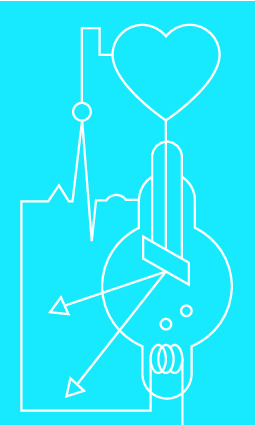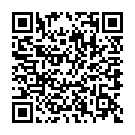|
|
|
| Module code: BMT2103.ANA |
|
|
6V (6 hours per week) |
|
5 |
| Semester: 1 |
| Mandatory course: yes |
Language of instruction:
German |
Assessment:
Exam
[updated 21.10.2024]
|
BMT2103.ANA (P213-0004) Biomedical Engineering, Bachelor, ASPO 01.10.2018
, semester 1, mandatory course
BMT3103.ANA (P213-0215) Biomedical Engineering, Bachelor, SO 01.10.2025
, semester 1, mandatory course
|
90 class hours (= 67.5 clock hours) over a 15-week period.
The total student study time is 150 hours (equivalent to 5 ECTS credits).
There are therefore 82.5 hours available for class preparation and follow-up work and exam preparation.
|
Recommended prerequisites (modules):
None.
|
Recommended as prerequisite for:
|
Module coordinator:
Dr. Sebastian Markert |
Lecturer:
B.Eng. Maria Mörsdorf
Dr. Sebastian Markert
[updated 02.10.2024]
|
Learning outcomes:
After successfully completing this course, students will be able to describe the most important functional and structural systems of the human organism and be familiar with subject-specific terms, their linguistic formation and meaning. This will allow students to independently use medical textbooks and other literature and communicate with members of medical professions in their future area of work.
Students will be able to explain the physiological processes in the 4 large systems of the human body and their interaction, in particular the functions of the nervous system and the sensory organs, based on properties at the cellular and tissue level. They will be able to explain basic clinical applications.
[updated 21.10.2024]
|
Module content:
1. The basics
1.1 Terminology Basic terms (orientations, levels, designations)
1.2. An overview of the structures and functions of the body
1.3 Important functional systems
2. The Cell - Cytology
2.1 Cell components
2.2 Metabolic processes
2.3 Proteins and protein biosynthesis
3. Tissue - Histology
3.1 Epithelia
3.2 Connective tissue
3.3 Muscle tissue
3.4 Nerve tissue
4. Physiology of excitable cells
4.1 Synapses
4.2 Receptors
4.3 Neurotransmitters
4.4 Membrane potential, Na+/K+-ATPase
4.5 Action potential
4.6 Neuromuscular synapses
5. The nervous system
5.1 General structure
5.2 The brain
5.3 Spinal cord
5.4 Meninges
5.5 The blood-brain barrier
5.6 Motor systems, reflexes
5.7 Sensory organs
6. Cardiovascular system, blood
6.1 Structure
6.2 Anatomy and physiology of the heart
6.3 Transport of oxygen
7. Respiratory organs
7.1 Structures
7.2 Respiratory mechanics and lung volumes
8. Kidney and acid-base balance, chemical buffer system
[updated 21.10.2024]
|
Teaching methods/Media:
Lecture notes, selected images as electronic or print media
Anatomical models for demonstrations and self-study.
Practical demonstrations are offered on a voluntary basis in collaboration with the Institute of Anatomy at the University Hospital in Homburg.
Multimedia learning programs are available in the library for independent study.
[updated 21.10.2024]
|
Recommended or required reading:
Huch, Renate (Hrsg.).: Mensch, Körper, Krankheit, Urban & Fischer, (latest edition)
Schwegler, Johann S.: Der Mensch - Anatomie und Physiologie, Georg Thieme, (latest edition)
Speckmann; Wittkowski: Bau und Funktionen des menschlichen Körpers, Urban & Fischer, (latest edition)
Available to download in PDF format from the htw saar library:
Müller-Esterl, Werner: Biochemie: Eine Einführung für Mediziner und Naturwissenschaftler (akt. Aufl.)
Beck, Henning: Faszinierendes Gehirn: Eine bebilderte Reise in die Welt der Nervenzellen (akt. Aufl.)
Feigenspan, Andreas: Prinzipien der Physiologie: Grundlegende Mechanismen und evolutionäre Strategien (akt. Aufl.)
[updated 21.10.2024]
|


